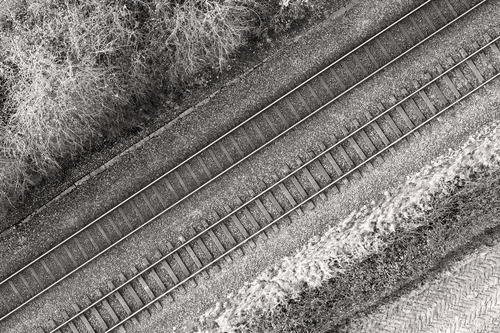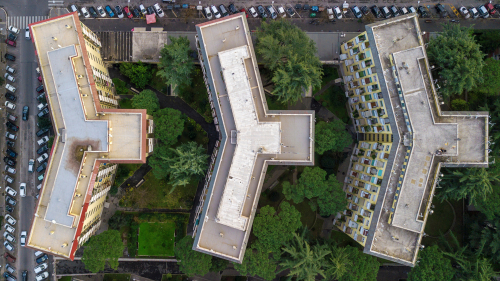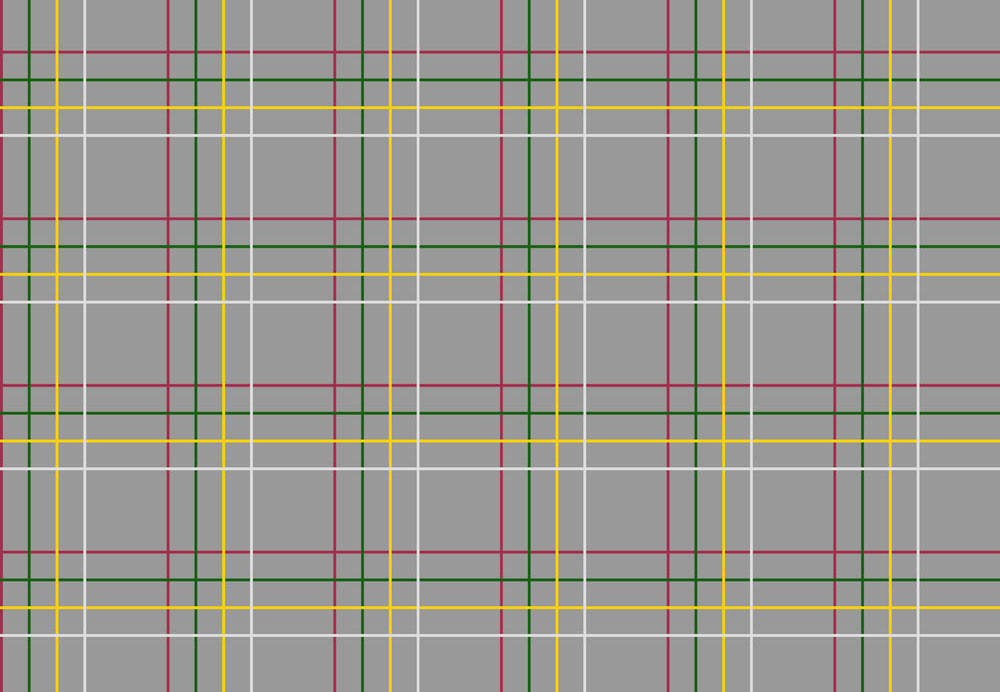Are you ready to take this lesson's quiz? The questions below will help you find out. Make sure you understand why each correct answer is correct—if you don't, review that part of the lesson.
1. Which set of equations represents parallel lines?
- Equation 1: y=2x+3
Equation 2: y=−12x−3 - Equation 1: y=12x+3
Equation 2: y=12x−3 - Equation 1: y=3x+3
Equation 2: y=−2x−3 - Equation 1: y=3x+3
Equation 2: y=−3x−3
Look at the slope values of each of these equations. If the lines are parallel, then their slopes values will be identical, and their y-intercepts will be different.
These two equations have identical slope values, m=12. These are parallel lines. Their y-intercepts, b=3 and b=−3, are different.
Look at the slope values of each of these equations. If the lines are parallel, then their slopes values will be identical, and their y-intercepts will be different.
Look at the slope values of each of these equations. If the lines are parallel, then their slopes values will be identical, and their y-intercepts will be different.
2. Which is the equation of a line that passes through the ordered pair (−1,−2) and is perpendicular to the line represented by the equation y−9=12(x−3)? Express your final answer in slope-intercept form.
- y=−2x−4
- y=−2x
- y=−2x+1
- y=−2x−3
Find the slope of the line y−9=12(x−3) and calculate its opposite reciprocal. Then, use that slope value and the ordered pair given in the problem to write an equation in point-slope form. Rewrite that equation in slope-intercept form. For the new equation, m=−2.y−(−2)=−2(x−(−1))y+2=−2(x+1)y+2=−2x−2y=−2x−4
The slope of the given line is m=12. The opposite reciprocal of this number is −2. Use this value as the slope of the perpendicular line.
Be careful when distributing the slope value through the point-slope form of the perpendicular equation.
Once you have determined the slope of the perpendicular line, use the ordered pair (−1,−2) to write the point-slope equation.
3. Which equation is parallel to the line represented by y=6x+10 and passes through the ordered pair (5,−8)?
- y−8=6(x+10)
- y−10=6(x−5)
- y+8=6(x−5)
- y−5=6(x+8)
The parallel line must pass through the ordered pair (5,−8). Make sure you use this information when you write your parallel equation.
The parallel line must pass through the ordered pair (5,−8). Make sure you use this information when you write your parallel equation.
The slope of the line y=6x+10 is m=6. A line that is parallel will have an identical slope value but a different y-intercept. Use that slope value and the ordered pair given in the problem to write an equation in point-slope form.
The parallel line must pass through the ordered pair (5,−8). Make sure you use this information when you write your parallel equation.
4. Which is the BEST description of parallel lines?
- Parallel lines extend forever in each direction and eventually touch each other.
- Parallel lines extend forever in each direction and then intersect in quadrant 3.
- Parallel lines extend forever in each direction and never touch or intersect each other.
- Parallel lines have limited extension but never touch or intersect each other.
Parallel lines never touch each other.
Parallel lines never intersect each other.
If lines are parallel, then they never touch or intersect each other. They extend forever in each direction.
Parallel lines extend forever in each direction.
5. Which image BEST represents perpendicular lines?
-

Train tracks that do not touch or intersect.
-

Fence boards that do not touch or intersect.
-

Roof tops that do not touch or intersect.
-

Pattern created by several sets of lines that intersect each other at a 90∘angle.
The train tracks in this image are parallel.
The fence boards in this image are parallel.
The building rooftops in this image are neither parallel nor perpendicular.
The pattern in this image contains perpendicular lines because these lines meet at right angles.
Summary
Questions answered correctly:
Questions answered incorrectly:
